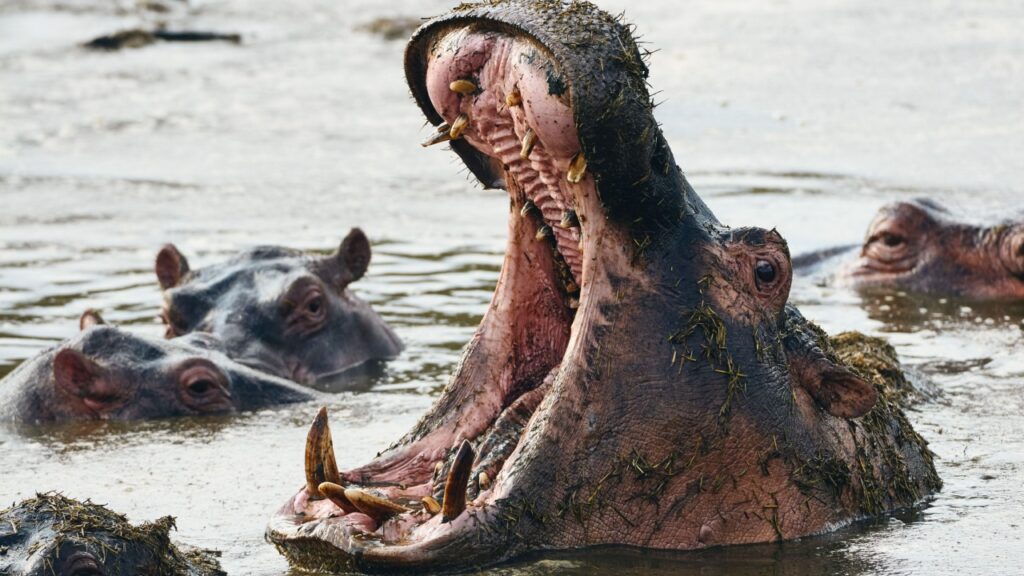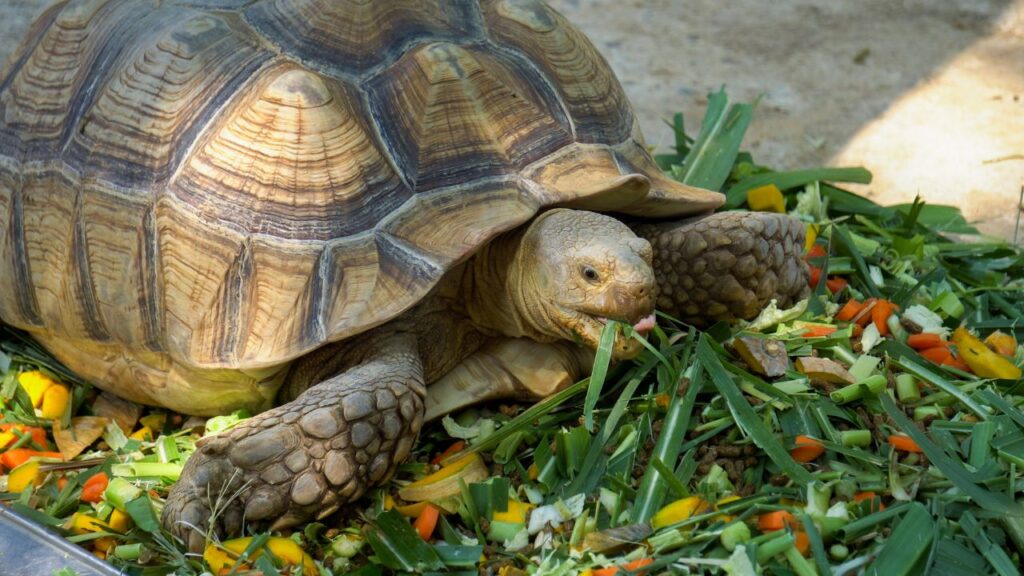Have you ever wondered about the largest animals living today? From enormous land mammals to colossal marine creatures, these modern-day giants are fascinating and awe-inspiring. Their sheer size make them true wonders, and yet many of them are under threat from hunting and packing, habitat loss, pollution, and other human activities.
Understanding these magnificent creatures gives you insight into the incredible diversity of life on Earth. And makes you realize that we–humans–as a species, need to do better. I hope this tiny glimpse into modern megafauna will help you appreciate the wonder and importance of these remarkable animals, whose futures are, sadly, uncertain.
Blue Whale
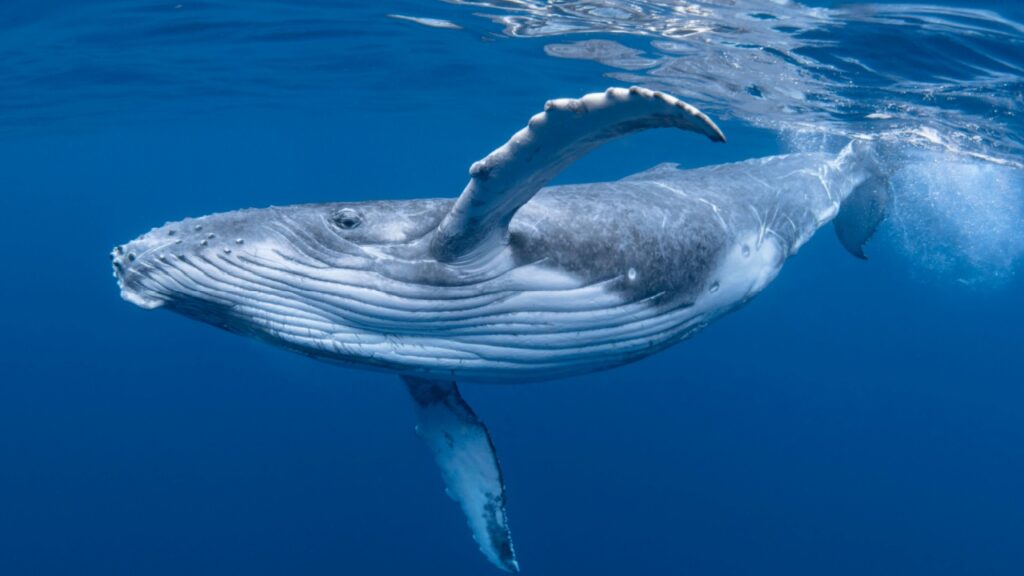
The blue whale is the largest animal on Earth. It can grow up to 100 feet long and weigh as much as 200 tons. Even its tongue can weigh as much as an elephant. These marine giants are mostly found in the open oceans.
Blue whales have a heart the size of a small car. Their massive size helps them travel great distances while feeding on tiny shrimp-like creatures called krill. They need to eat about 4 tons of krill a day.
Despite their size, blue whales are gentle creatures. They communicate with each other using low-frequency sounds that can travel hundreds of miles underwater. These whales have no natural predators except for humans and sometimes orcas.
Blue whales are currently endangered due to past whaling activities. Conservation efforts are ongoing to protect these majestic creatures and ensure their survival.
African Elephant
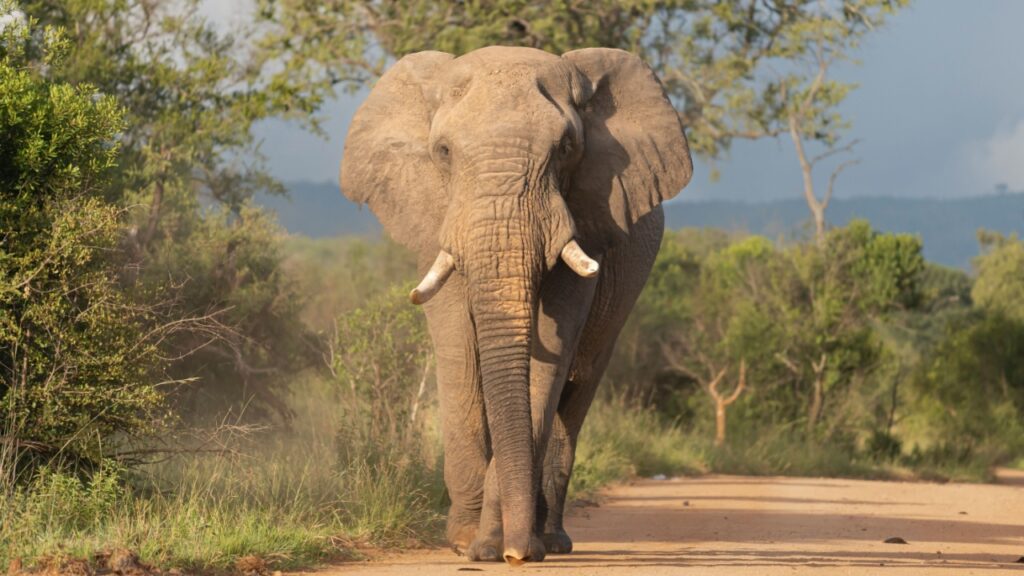
The African elephant is the largest land animal on Earth. These majestic creatures can weigh up to 14,000 pounds and stand up to 13 feet tall at the shoulder.
You can easily recognize them by their large ears, which help them stay cool in the hot African climate. Their tusks, made of ivory, are used for digging and fighting.
African elephants are herbivores and spend most of their day eating grass, leaves, and fruit. They need large amounts of food and water, which makes them important to their environment.
Giraffe
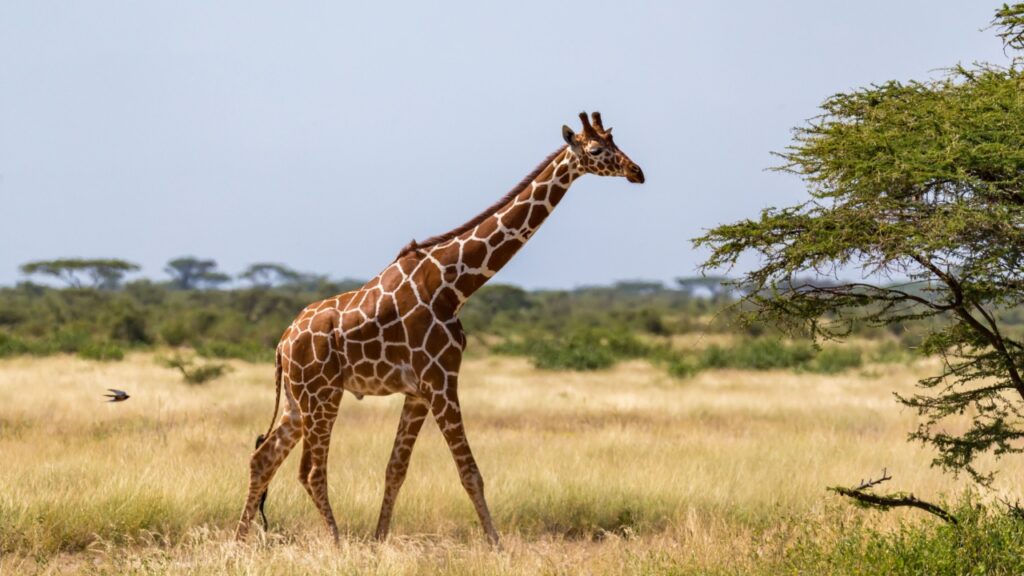
Giraffes are the tallest land animals on Earth. They stand up to 18 feet tall. Their long necks help them reach leaves high in trees.
Giraffes mostly live in savannas and open woodlands in Africa. You can easily spot them with their unique spotted coats.
Despite their height, giraffes have only seven neck vertebrae, just like humans. This helps them stay agile while feeding.
Hippopotamus
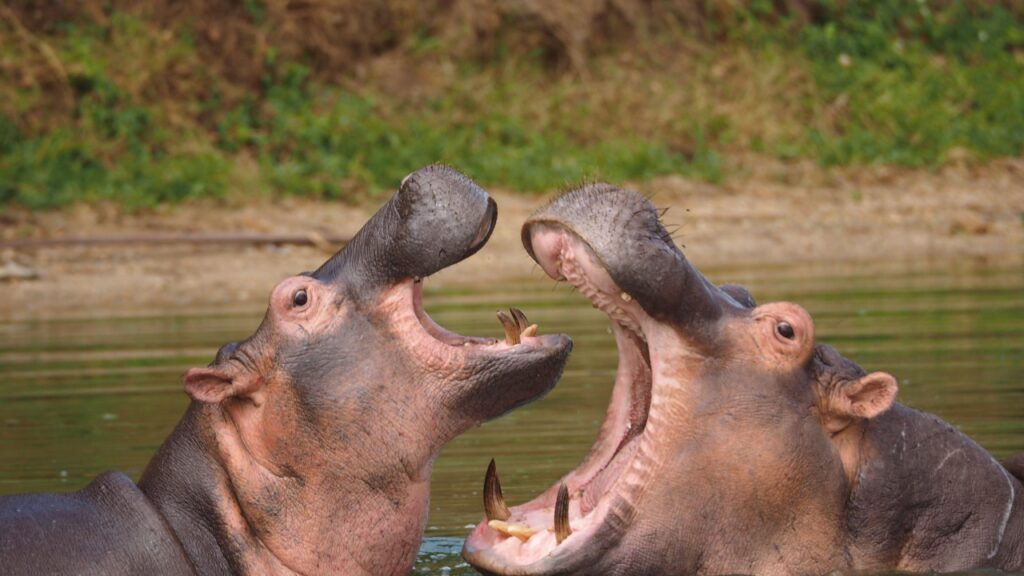
The hippopotamus, often known as a hippo, is one of the largest land animals alive today. They can weigh up to 4,000 pounds. Hippos are unique because they spend much of their time in water. They live in rivers, lakes, and wetlands across Africa.
Despite their size, hippos can run on land at speeds up to 19 miles per hour. Their powerful jaws can crush almost anything. They have tusks that can grow over a foot long.
Saltwater Crocodile
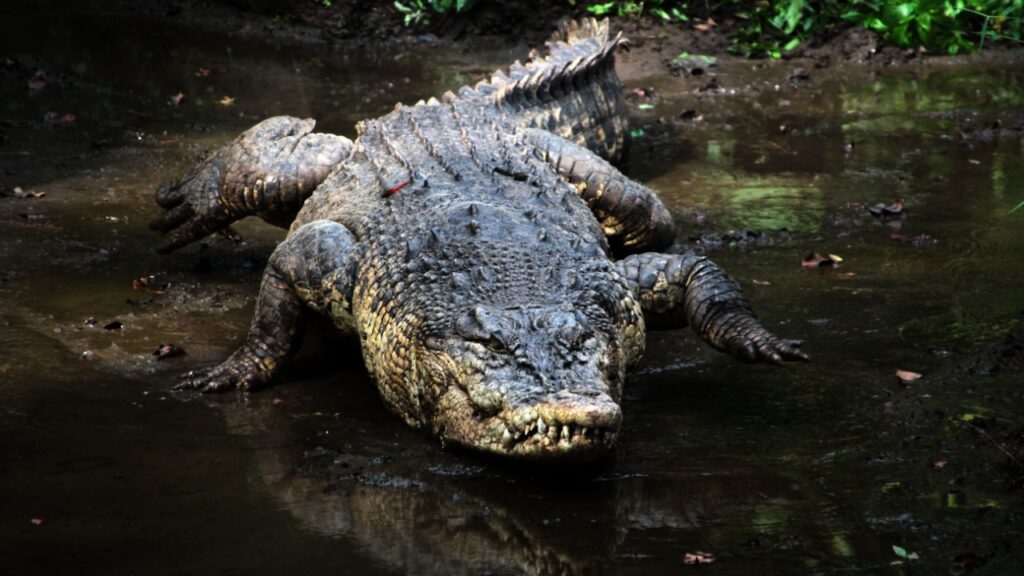
The saltwater crocodile is the largest living reptile. It can grow up to 23 feet in length and weigh over 2,000 pounds. You can find them in saltwater habitats, brackish wetlands, and freshwater rivers across Southeast Asia, northern Australia, and India’s east coast.
These crocodiles have powerful jaws and sharp teeth. They are expert hunters and often ambush their prey. They eat a variety of animals, including fish, birds, and mammals.
Saltwater crocodiles have been around for millions of years. Today, they remain a fascinating and fearsome part of the animal kingdom, continuing to captivate people with their size and strength.
Polar Bear

The polar bear is one of the largest land carnivores in the world. Males can weigh up to 1,500 pounds and stand over 10 feet tall on their hind legs.
Polar bears primarily live in the Arctic, traveling across ice to hunt seals. Their thick fur and layer of fat keep them warm in the freezing temperatures.
You can often spot polar bears near the coastlines where sea ice meets the water. They are powerful swimmers and have been seen swimming for hours.
Whale Shark
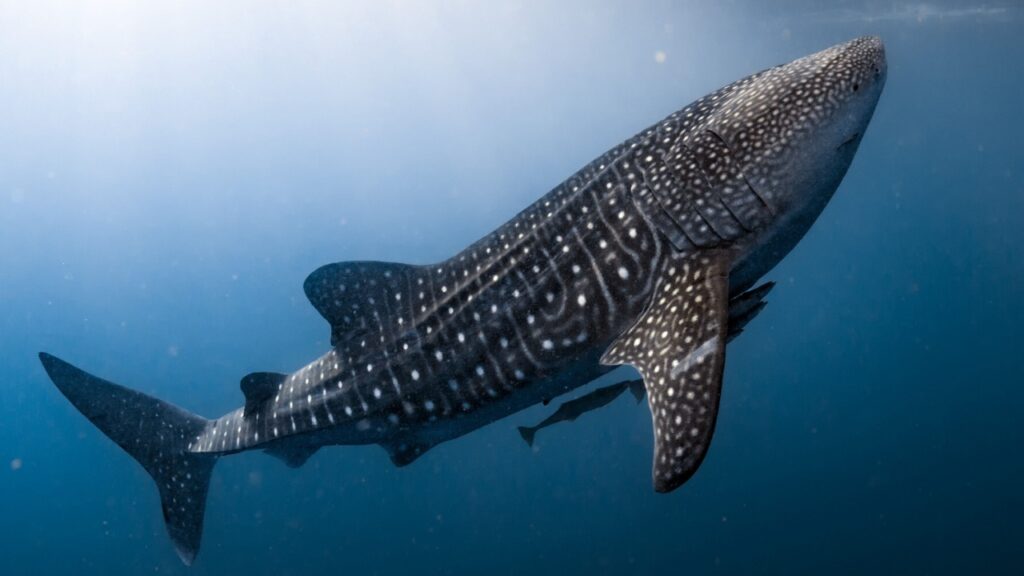
The whale shark is the largest fish in the sea. It can grow up to 60 feet long and weigh around 20 tons. Despite its massive size, the whale shark is a gentle creature.
You can often find whale sharks in warm ocean waters. They have a unique, spotted appearance. Each shark’s pattern is different, like a fingerprint.
Whale sharks feed by filtering plankton and small fish through their gills. They are often seen slowly cruising near the surface of the water.
Kodiak Bear
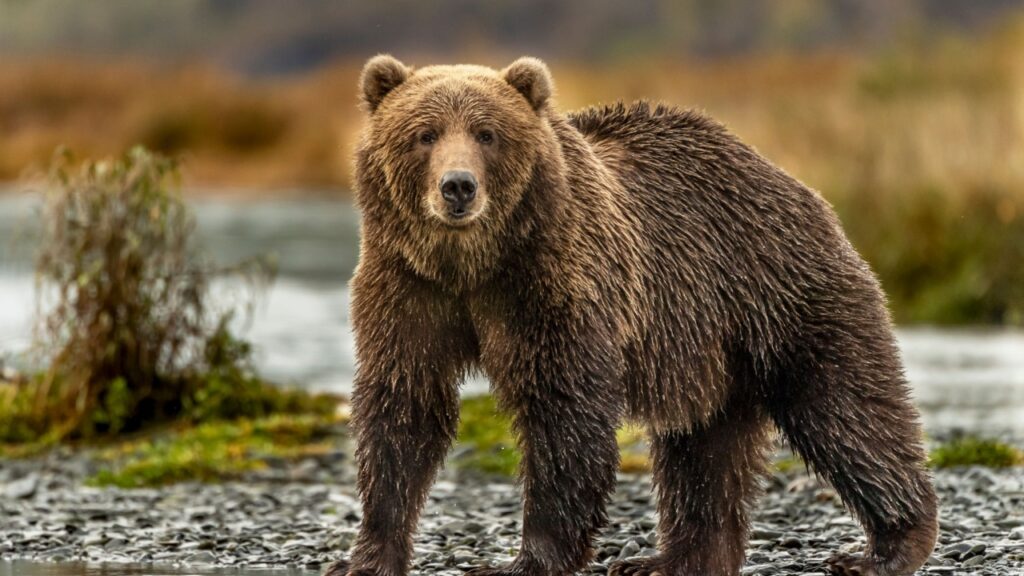
The Kodiak bear is the largest brown bear in the world. It shares this title with the polar bear. You can find these giant bears on the Kodiak Archipelago in southwest Alaska.
Kodiak bears have a huge body and can weigh up to 1,500 pounds. They primarily eat berries, plants, and fish. Despite their size, they can run fast and are excellent swimmers.
Indian Elephant
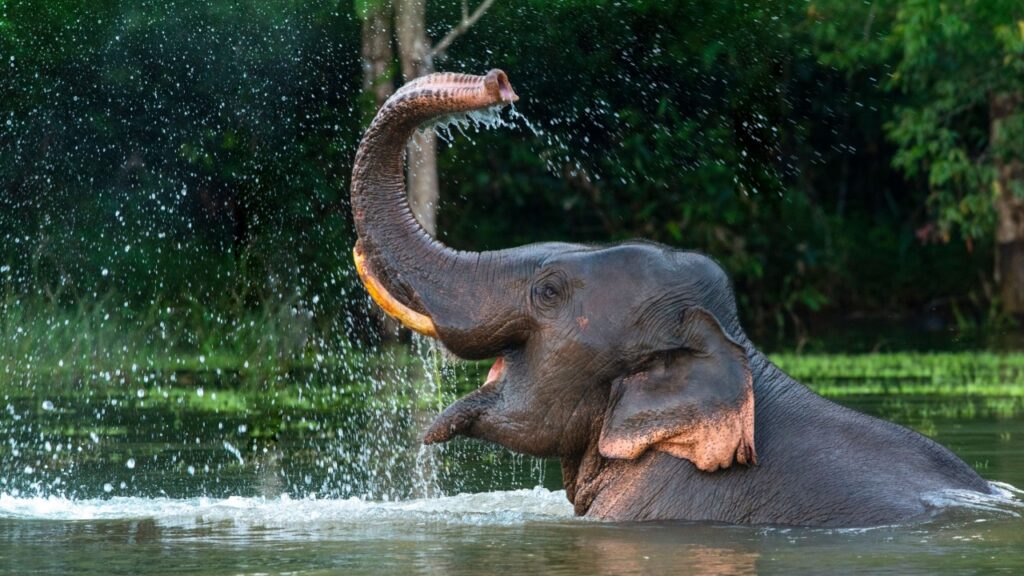
The Indian Elephant is one of the largest land animals in Asia. It can weigh up to 11,000 pounds and stand up to 11 feet tall at the shoulder. These giants are known for their smaller ears compared to African elephants.
You can find them in forests and grasslands across India, Nepal, and parts of Southeast Asia. They often live in herds led by a matriarch, a wise and experienced female. The Indian Elephant is an herbivore, munching on grasses, leaves, and fruits.
Sadly, their numbers are decreasing due to habitat loss and poaching. Conservation efforts are crucial to protect these majestic animals for future generations.
American Bison
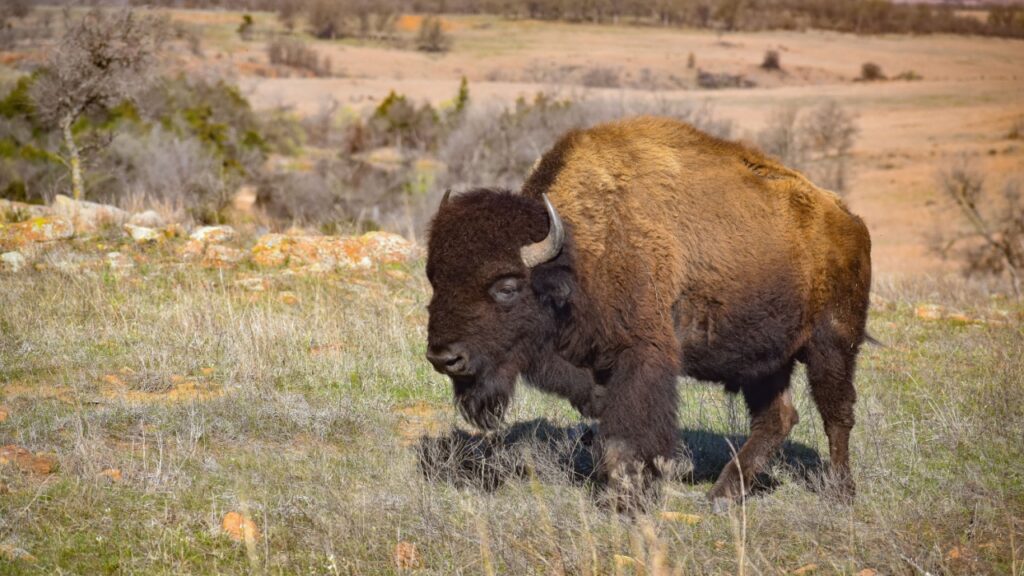
The American Bison is one of the largest mammals in North America. These giants can weigh up to 2,000 pounds and stand about six feet tall at the shoulder. You can find them mostly in national parks and reserves.
Bison have a thick coat that helps them survive cold winters. Their large heads are perfect for plowing through snow to find grass. Despite their size, bison can run up to 40 miles per hour.
Great White Shark
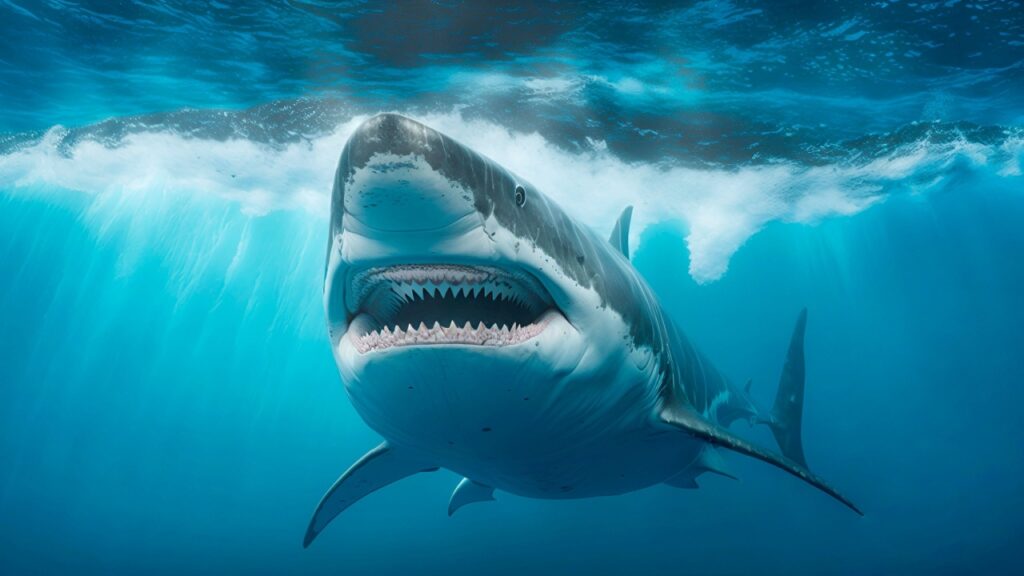
The great white shark is one of the largest and most well-known predators in the ocean. They can grow up to 20 feet long and weigh over 5,000 pounds. Great whites are found in oceans all over the world.
These sharks have a powerful bite and can swim at speeds of up to 15 miles per hour. They mainly eat seals and other marine mammals. Despite their fearsome reputation, great white shark attacks on humans are rare.
Orca
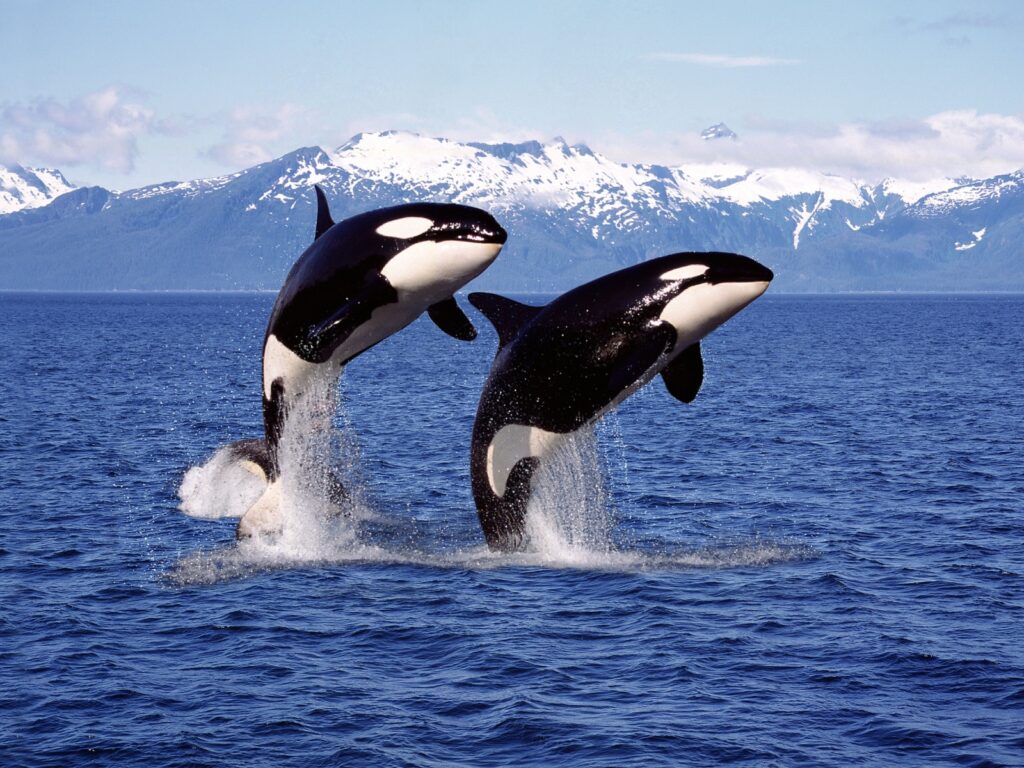
Orcas, also known as killer whales, are among the largest and most powerful predators in the ocean. These black-and-white giants can grow up to 32 feet long and weigh as much as 6 tons.
You can find orcas in every ocean, from the Arctic all the way down to the Antarctic. They live in pods, which are family groups that hunt and travel together.
Orcas are known for their intelligence and coordinated hunting techniques. They can even communicate with each other through a variety of sounds.
Reticulated Python
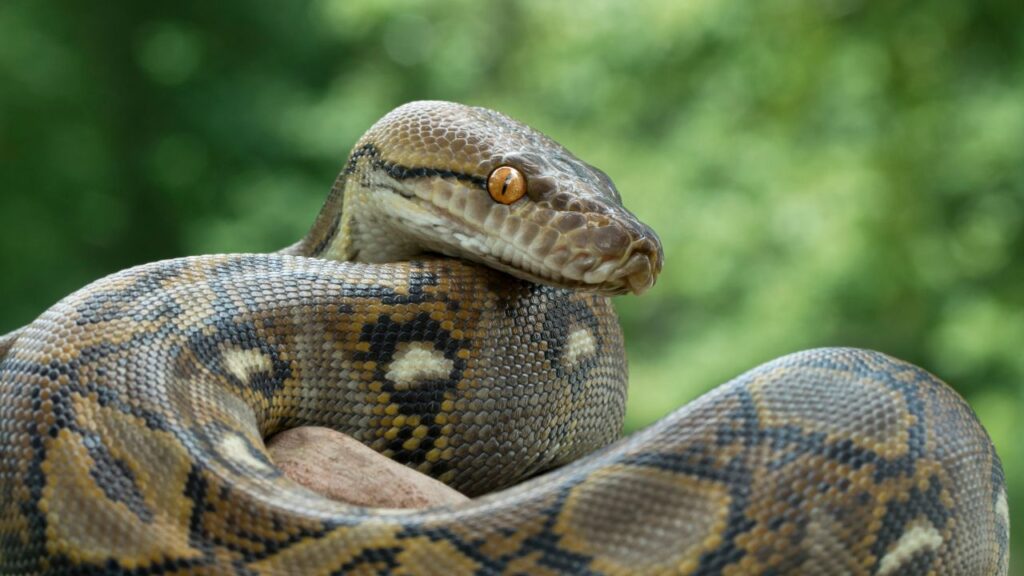
The reticulated python, from South and Southeast Asia, is the world’s longest snake. It can grow over 20 feet long, with some pythons reaching nearly 33 feet.
These pythons have a beautiful, patterned skin. They are hunted for their skin and used in traditional medicine.
Despite these threats, they are listed as least concern on the IUCN Red List due to their wide distribution.
Bengal Tiger
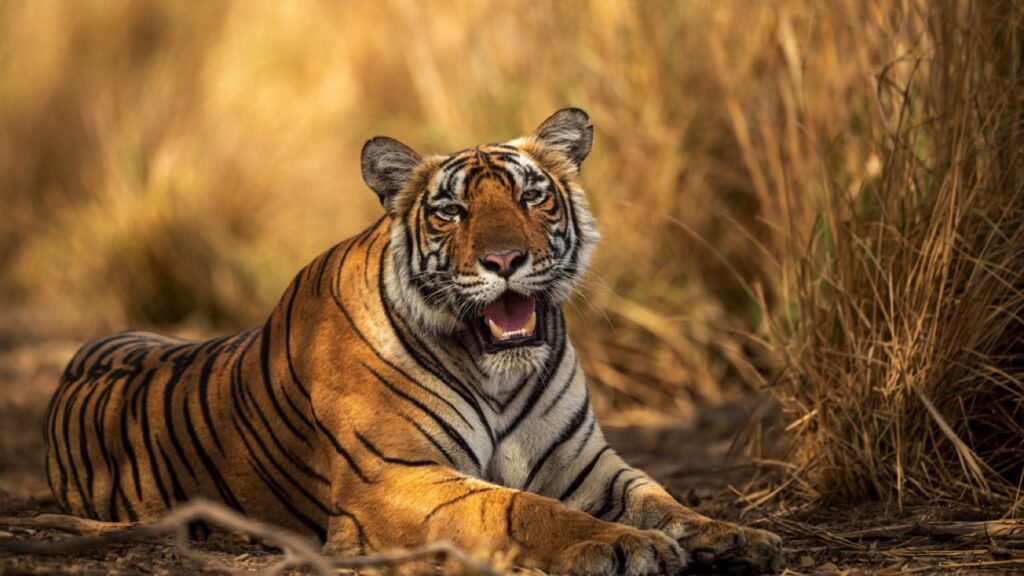
The Bengal tiger is one of the largest wild cats alive today. Weighing up to 500 pounds, it belongs to the charismatic megafauna.
These tigers have been roaming the Indian subcontinent for around 12,000 to 16,500 years. Bengal tigers have beautiful orange fur with dark stripes, helping them blend into their environments.
Their primary habitats include dense forests and grasslands in India, Bangladesh, and parts of Bhutan and Nepal.
Gaur
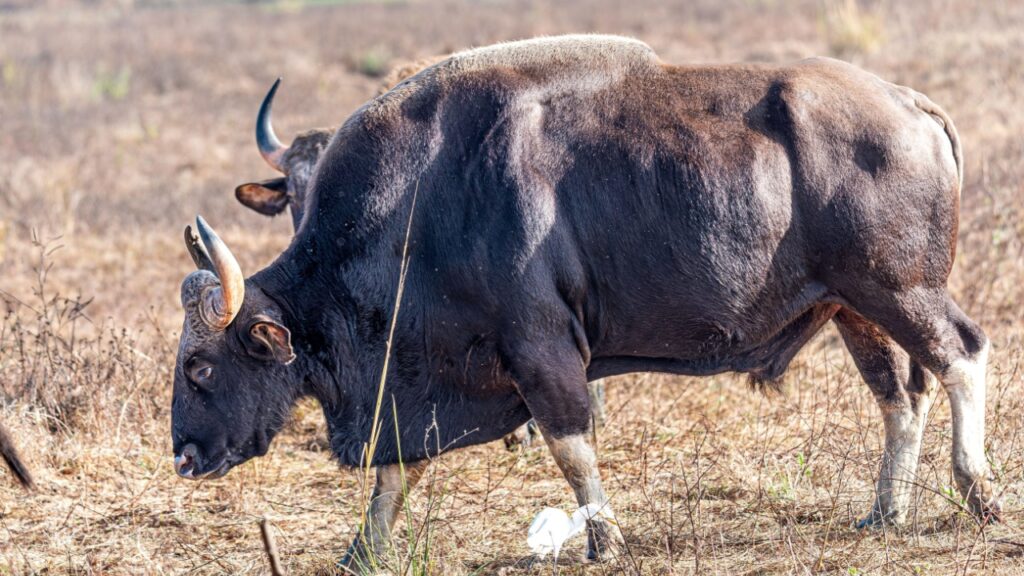
The gaur, also known as the Indian bison, is one of the largest wild cattle species. You can find them in South and Southeast Asia. Gaurs can grow up to 11 feet long and stand 7 feet tall at the shoulder.
They weigh between 1,400 to 2,200 pounds. Their muscular build and large, curving horns make them impressive creatures. You may spot gaurs grazing in herds in forests or grasslands.

